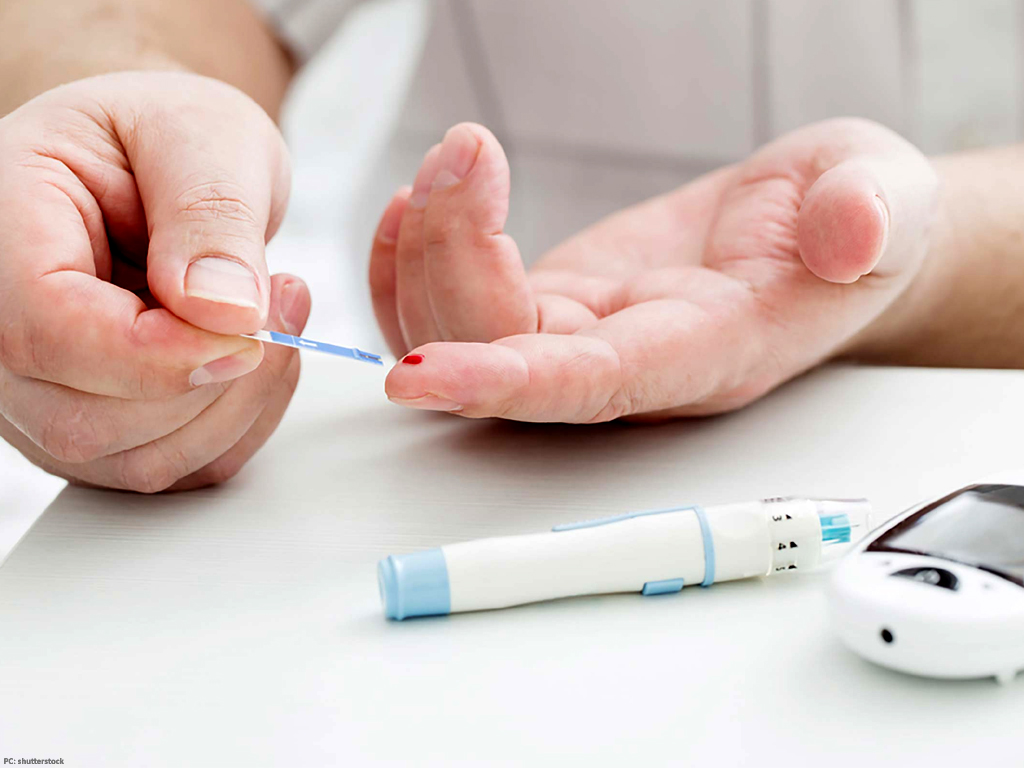New 3D-printed glucose sensors to cut costs for diabetic patients

People with diabetes go through the issue of almost constant finger pricking or expensive glucose monitoring systems. This is what a team of researchers aim to change by 3D-printing glucose biosensors.
With the help of 3D-printed glucose biosensors, a team from the Washington State University aim to help diabetic patients by cutting costs for expensive treatments and tests.
The flexible 3D-printed sensors, as explained by Futurism, would be used in wearable glucose monitors that could stick to a person’s skin and monitor the body fluids such as sweat. Prior to such systems, diabetic patients have self-monitor their blood glucose levels that involves the finger pricking process or spend thousands for automated monitoring systems.
New study shows there are five types of diabetes instead of two
When compared to the traditional manufacturing processes, the 3D-printing of sensors would lessen down the waste, cutting down costs, all while improving the accuracy of glucose monitors.
The scientists used a process called ‘direct-ink-writing’ that permitted them to 3D-print intricate and precise designs of various ‘inks’ at very small scales. For these sensors, the ink was a nanoscale material that is used for creating small and flexible electrodes capable of detecting glucose in a person’s sweat, as per Washington State University.
The 3D-printing process is very precise and the material is printed in smooth, uniform layers, which increase the sensor’s sensitivity. The tiny sensors are non-invasive and surpassed the traditional sensors at detecting glucose. The 3D-printing technique also allowed the sensors to be custom printed for patients with different needs, including the needs of children.
However, printing out the sensors is only the first step. For putting the sensors in use, the researchers are working on creating a non-invasive wearable system for the sensor to be used in. Also, the process used to create the sensors could also be used for printing electronics and other components for a wearable device, which will in turn reduce more costs.























Comments
Comments are closed.